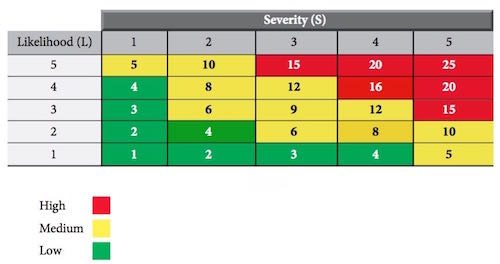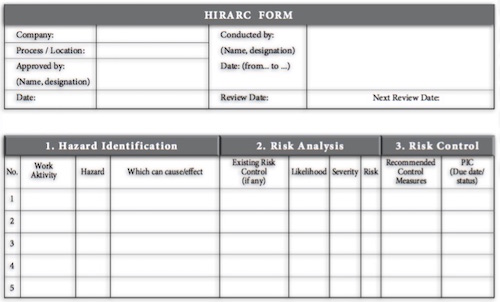Definition
Movement of quantum energy in the form of particles or electromagnetic radiation in which energy is transferred to the media in its path and can cause the media that absorbs energy change.
Effect of energy transfer:
1. Ionisation
2. Excitation
Types of radiation: ionised and non-ionised
Radiation sources
Ionised radiation
1. Natural
- Cosmic rays, photons, neutrons, atoms - alpha (α), beta (β)
- Gamma rays (of rocks and soil).
- Radon.
2. Artificial
- Medical procedures (radiology tests).
- Testing of nuclear energy.
- Radioactive waste.
Non-ionised radiation
- Ultraviolet (eg welding)
- Visible light (Visible ray)
- Laser
- Infra-red (infra-red) (example: workers in iron manufacturing)
- Microwaves
- Radio waves
Type of exposure
Jobs;
-Welding activities, melting and steel manufacturing, diagnostic radiology employee, printing, communications and military.
Medical;
- Patients: purpose of the diagnostic and treatment of disease.
Community;
- Material from natural sources.
Health Effects of Ionised Radiation
The health effects of ionised radiation is depend on:
1. Intensity absorption of radiant energy (absorbed dose).
2. Type of radiation;
- Example: neutrons and alpha particles are more dangerous than radiation x-ray photons.
4. Organ sensitivity;
- Example: reproductive tissue is more sensitive than the thyroid.
Health Effects
- Cancer.
- Mutagenesis.
- Central nervous system syndrome.
- Gastro-intestinal syndrome.
- Damage to the eye cornea.
- Skin burn.
- Loss of hair.
- Infertility.
- Mental retardation and growth of children and handicapped.
Health Effects of Non-ionised Radiation
- Eye damage (welder)
- Skin damage (UV and infra-red)
- Sunburn (laser)
- Effect of heat (ovens)
Control Measures
Three basic principles of control measures should be considered in relation to the use of radiation materials.
Justification;
- Any use not permitted unless it is absolutely necessary.
Optimal protection;
- The concept of ALARP (As Low As Reasonably practicable), time, distance and protection (shielding).
Dose limit (and risk);
- Do not exceed the permissible exposure.
Radiation Protection Program
- Risk assessment of new equipment.
- Optimal exposure reduction: time, distance, protection (shielding) - containment, isolation and engineering control.
- Monitor the radiation dose rate.
- Written Standard Operating Procedures.
- Training - radiographers, radiation protection officer.
- Maintenance and observation.
- Radiation safety audit.
- Emergency plan.
- Risk communication.
Exposure monitoring
- Individuals (eg film badge)
- Workplace (eg ionising chamber)
Health Screening
1. History (medical, employment).
2. Clinical examination.
3. Protection of medical data transfer.












